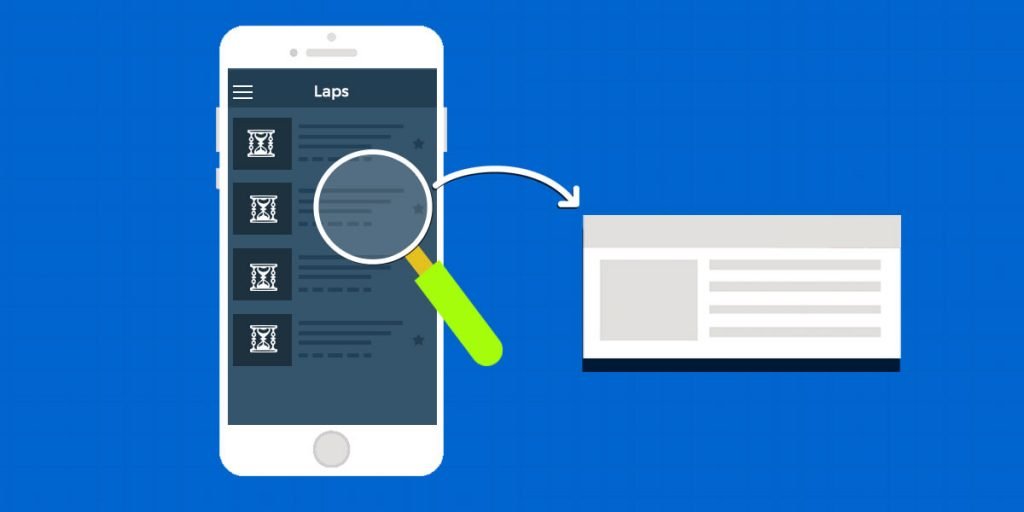According to Statista, there will be around 3.5 billion smartphone users by the end of 2020. Indeed, according to the 2020 Digital Statshot report, the world now has more connected devices than humans!
What, therefore, makes smartphones such a ubiquitous part of the populace’s lives? The solution is in the applications.
Businesses often rely on mobile app design & development services to help users rely on programs to do various daily tasks. This includes waking up in the morning, communicating with friends, and sending business emails.
While many believe that making an app is an easy path to success in today’s world, this is not necessarily the case.
Table Of Contents
Common UX Design Mistakes to Avoid
Rather than that, as competition intensifies, it is critical to provide the best possible experience to users. Anything less than ideal will very indeed be abandoned in favor of competing applications.
The first thing you must polish is your app’s user experience design. The following are some of the most typical UX design errors to avoid while developing a mobile application.
-
Overlooking compatibility with other apps
Your application does not operate in a vacuum. Rather than that, a smartphone is brimming with many applications and functionalities. You must ensure that the created app integrates seamlessly with other apps and the device.
Consider the COVID-19 contact tracing application. According to reports, such apps will leverage the geolocation capabilities and connect the data to a network of apps. If the application is unable to communicate with other features adequately, it will fail.
Similarly, all applications must be capable of functioning in the presence of other applications. Additionally, they should be flexible to offer a consistent experience across a range of screen sizes.
-
Complex interface
The popular apps in today’s time have one thing in common – they all feature a simple user interface. Bear in mind that today’s consumers lead incredibly fast-paced lives. They require solutions that operate smoothly and fast.
Anything that users find difficult to navigate is instantly abandoned. Consider rethinking an app’s features when designing it. Determine whether the navigation and functions available serve a purpose. Is it possible to accomplish this more straightforwardly? If the answer is yes, then redesign.
Airbnb is one of those apps that shines in terms of navigation and user design. Rather than adding all the screens simultaneously, the app categorizes a user trip into five stages. This contributes to retaining simplicity without sacrificing intuitiveness or functionality.
-
Poor app architecture
The app’s basis is more crucial than its appearance. Before embarking on the development stage, creating an app architecture enables you to connect each phase to the larger picture you desire to make.
And instead of simply focusing on aesthetics, plan the user flow and map structure. When creating the process flow, keep both industry requirements and your consumer’s desires in mind.
Three levels will need to be built: display, business, and data access. While the presentation layer is concerned with the application’s user interface (UI), the business layer is concerned with functionality and features. Data access layers contribute to the security of data transmission and storage.
-
Disappointing first impression
The sensation of utilizing an app for the first time is like making a handshake with a stranger when meeting them. Impressions are formed in both examples in split seconds.
An app has only a tiny chance of success if it fails to catch the user’s attention at the outset. According to data scientist Andrew Chen, more than 77% of users abandon an app after three days of downloading it. As such, your app is only going to last for as long as your on-boarding process is solid.
If the app is difficult to make, provide an on-boarding. This can be achieved by hiring a mobile app development company with vast experience designing a seamless UX. However, bear in mind that on-boarding should not take too long.
Try to keep your facts and figures to a minimum. Break down tasks into smaller segments or apply game mechanics to boost user retention.
-
Mimic competition
As with any other industry, your app must differentiate itself from the competitors to get an advantage. Simply mimicking your competitors will not suffice.
Let us begin with a brief exercise to demonstrate our idea. What solutions spring to mind when you consider messaging apps? WhatsApp? After all, Oberlo reports that 65 billion communications are sent daily on the network.
However, did you know that numerous more identical apps have not achieved the same level of popularity and market share? Viber and Line are examples of this.
If you cannot differentiate yourself from others in your field, you will undoubtedly become lost in the crowd. Even in UX, emphasize your distinctiveness.
Conclusion
When designing an app, avoid these common UX design errors. Always hire pros to complete tasks on your behalf. Whoever you choose to assign the critical work to, ensure that they achieve it flawlessly. After all, there is no place for error in a world of perfection!



